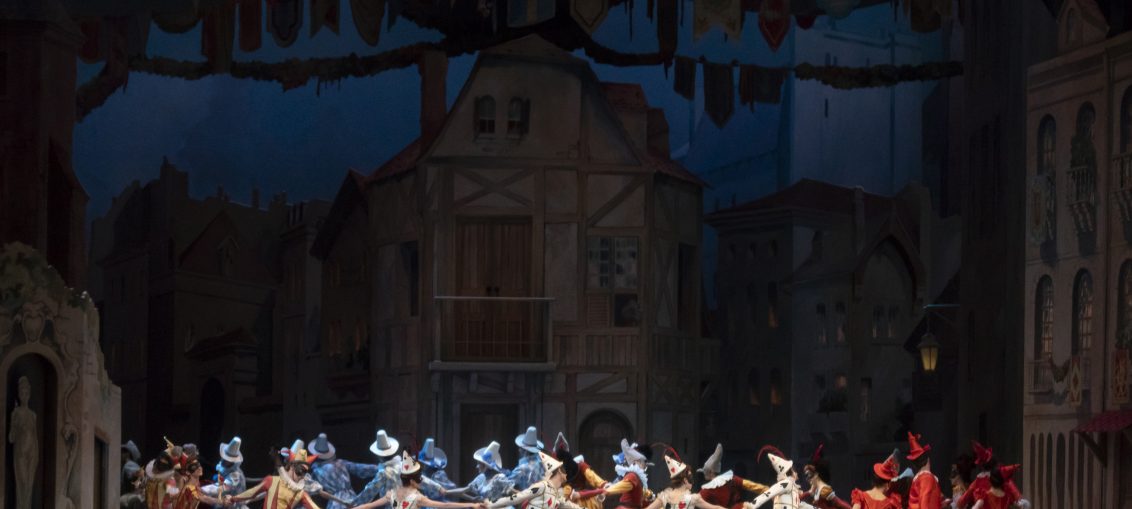As the Romanovs's bewilderingly indifference to the political and socioeconomic upheavals leading to the Russian Revolution worsened, ballet at home and abroad flourished. French-born Marius Petipa (1818–1910) was Chief Choreographer of Saint Petersburg's Mariinsky Theater where he set the premieres of Sleeping Beauty, The Nutcracker among others. Artists dissatisfied with his autocratic yet groundbreaking vision joined impresario Serge Diaghilev in his Paris-based Ballets Russes. The two aesthetics share a legacy of brilliant choreographers (Ballets Russes had Michael Fokine, Nijinsky, his sister Bronislava, Leonid Massine and George Balanchine) and enduring influence. New York had pleasing reminders of this lofty dance heritage when American Ballet Theatre opened their
Tag: Petipa
Dance: Sarah Lane’s debuts her Kitri in ABT’s ‘Don Quixote’ at the Metropolitan Opera House
One way of defining a performance is that it is an experience of shared hopes between artists and their audience. Sometimes the final result exceeds the good wishes and anticipation. That's what happened during the Saturday, June 30 matinee of Don Quixote when American Ballet Theatre Principal Sarah Lane resoundingly danced her first Kitri, one of ballet's most difficult and fun roles. What made Lane's debut memorable has a great deal to do with Marius Petipa's boisterous 1869 ballet and Alexander Gorsky's 1902 dance-as-drama re-staging of it (ABT Artistic Director Kevin McKenzie and Ballet Mistress Susan Jones based their 1995 production
 Friday, July 18, 2025
Friday, July 18, 2025